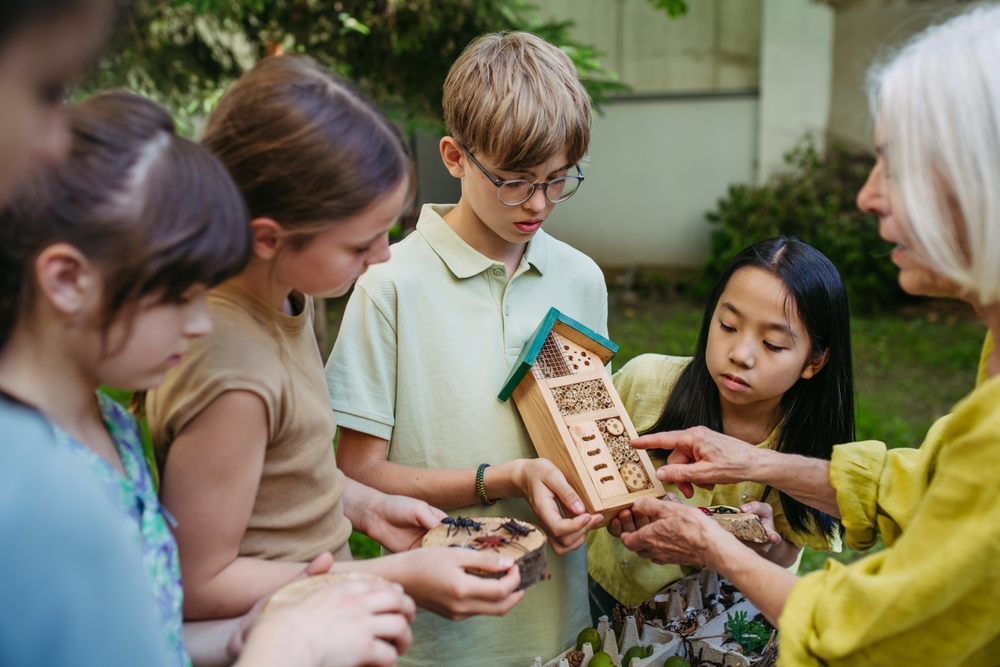The future of K-12 education is likely to involve a greater emphasis on incorporating innovative extra-curricular programs into the curriculum. These programs can help prepare students for the demands of the 21st-century workforce by providing opportunities to develop a range of skills and interests that are relevant to today’s world.
Here are some ways in which innovative extra-curricular programs can shape the future of K-12 education:
- Developing skills for the future: Innovative extra-curricular programs can help students develop skills that are in high demand in today’s workforce, such as critical thinking, problem-solving, creativity, and collaboration.
- Fostering entrepreneurship and innovation: Extra-curricular programs focused on entrepreneurship and innovation can help students develop the skills and mindset needed to build and create in a rapidly changing world.
- Leveraging technology: Innovative extra-curricular programs can leverage technology to provide students with new opportunities to learn, collaborate, and create.
- Encouraging community involvement: Extra-curricular programs focused on community involvement and service can help students develop a sense of social responsibility and civic engagement.
- Providing opportunities for personalized learning: Extra-curricular programs can provide opportunities for students to pursue their interests and passions in a more personalized and self-directed way, offering the space for them to develop their own unique strengths and skills.
There are many examples of innovative extra-curricular programs that can help prepare students for the demands of the 21st century workforce.
Here are some examples:
- Robotics clubs: Robotics clubs provide students with opportunities to learn about programming, robotics, and engineering. Students can design and build robots, program them to perform specific tasks, and compete with other teams in robotics competitions.
- Coding camps: Coding camps provide students with opportunities to learn about computer programming and coding. Students can learn how to create websites, develop mobile apps, and build software programs.
- Entrepreneurship programs: Entrepreneurship programs provide students with opportunities to learn about business, marketing, and innovation. Students can develop their own business ideas, create business plans, and pitch their ideas to investors.
- Service-learning programs: Service-learning programs provide students with opportunities to engage in community service and civic engagement. Students can work on projects that address social issues such as poverty, homelessness, and environmental sustainability.
- Maker spaces: Maker spaces provide students with opportunities to explore their interests in science, technology, engineering, and math (STEM) through hands-on activities. Students can use tools such as 3D printers, laser cutters, and circuitry kits to design and build their own creations.
- Creative writing workshops: Creative writing workshops provide students with opportunities to explore their interests in writing and develop their skills in storytelling, poetry, and fiction.
- Art and music programs: Art and music programs provide students with opportunities to explore their interests in the arts and develop their skills in visual arts, music, and performance.
Overall, the future of K-12 education is likely to involve a greater emphasis on innovative extra-curricular programs that provide students with opportunities to develop a range of skills and interests that are relevant to today’s world. By incorporating these programs into the curriculum, educators can help prepare students for the challenges and opportunities of the 21st century workforce and help them develop into well-rounded individuals with a passion for learning and personal growth.
According to a report by the Department of Education, schools that offer a range of extra-curricular activities are more likely to have high levels of student engagement, academic achievement, and social-emotional well-being. By incorporating these programs into the curriculum, schools can help create a more engaging and supportive learning environment.
Overall, research suggests that incorporating extra-curricular programs into the curriculum can have a positive impact on student engagement, academic achievement, and well-being. By providing opportunities for students to develop a range of skills and interests, schools can help prepare students for success in the 21st century workforce and beyond.








